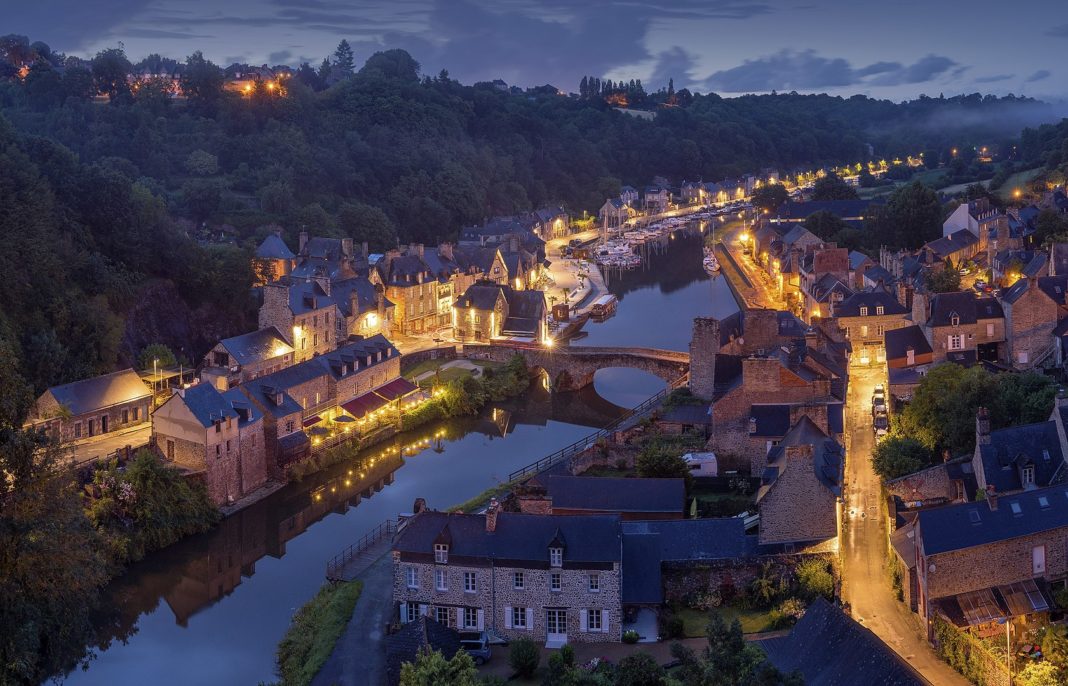The biggest attractions of the town include its half-timbered houses, the cobbled streets of the Vieille Ville, the Donjon de la Duchesse Anne, the Basilique St-Sauveur, the harbor, and the massive town walls.
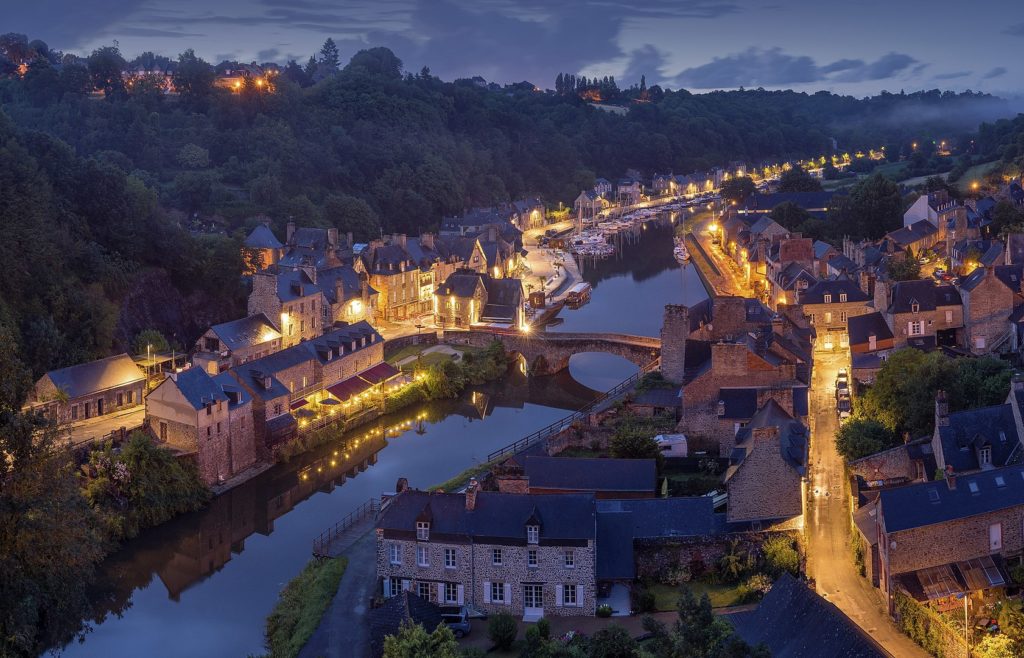
The town is set on a hill overlooking the Rance Valley and was described by Victor Hugo as perching “on an overhanging precipice… like a swallow’s nest”.
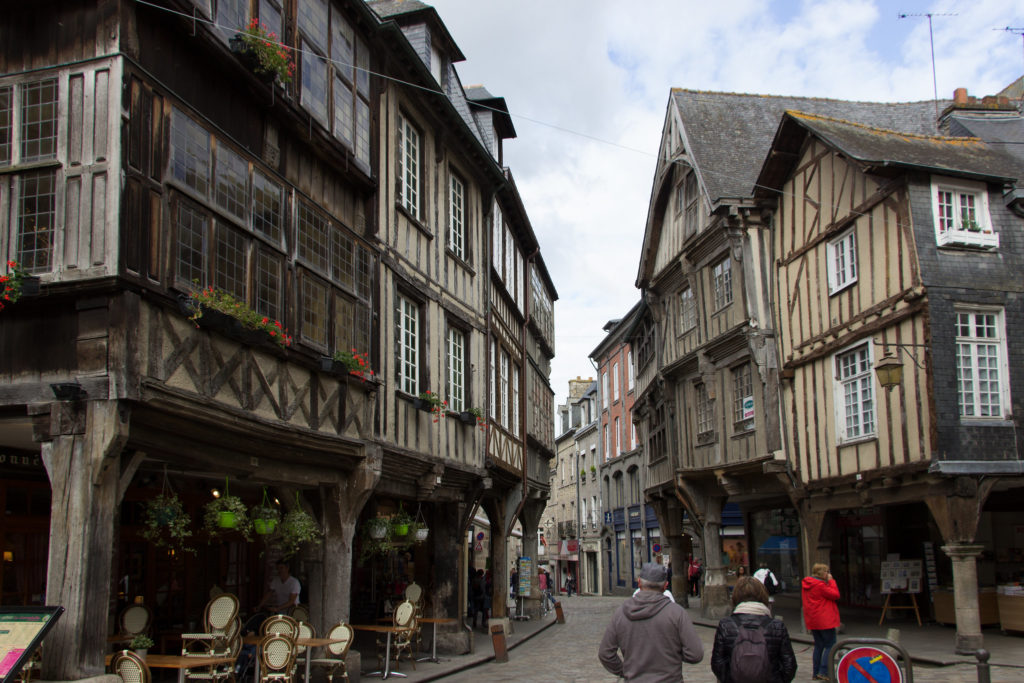
The half-timbered houses and houses with pointed gables are a reminder of the town’s wealthy past. From the 14th to 18th centuries, it was busy with weavers and tanners. Today, it’s an essential part of any visit to Dinan. You’ll love strolling around and dreaming in front of the workshop boutiques of glass blowers or wood gilders. Dinan flourished in the trading of linen, leather, wool, and cereal with cargo departing on ships from its harbor on the River Rance. Not far away, the Saint-Sauveur basilica, built in the 12th century, blends Byzantine, Persian, and Romanesque influences. This asymmetrical building was never finished.
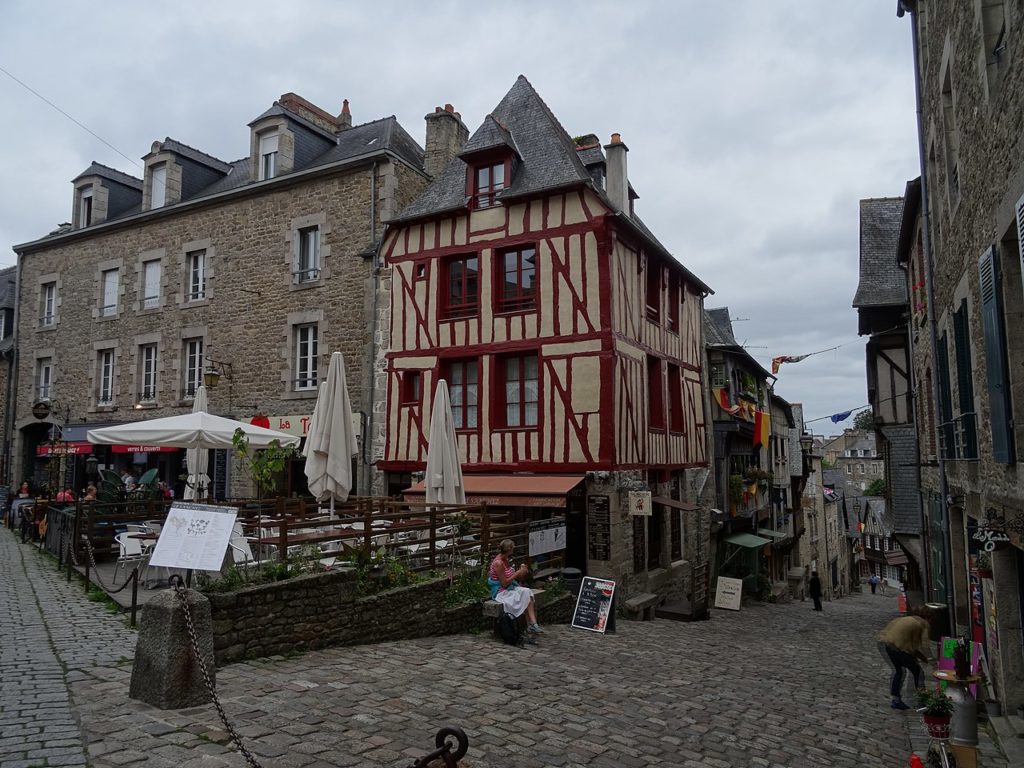
The town walls of Dinan were built in the 13th century and strengthened by Francis I, Duke of Brittany in the 15th century, and renovated in the 17th century. There are six towers along the walls and from them, you get a great view of the town and the Rance.
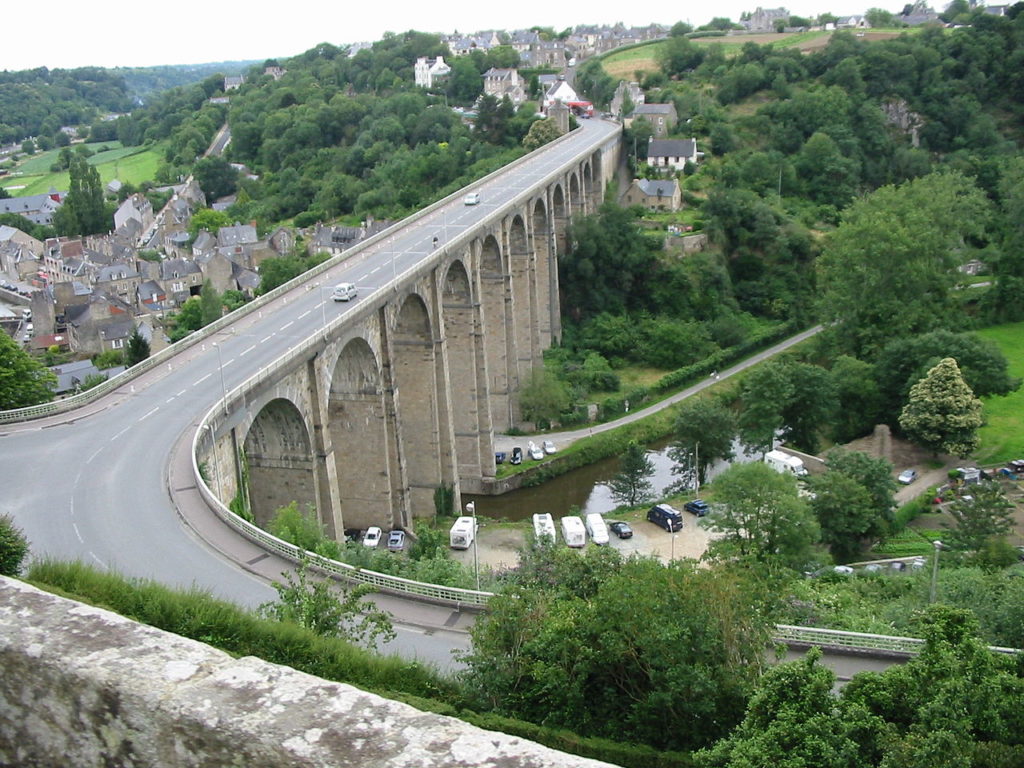
From Dinan harbor, the banks of the Rance offer an extremely pleasant environment for walking. Walk along the estuary to Taden. The village still has some old residences and a pretty manor from the 16th century. The walk can continue on the former towpath.
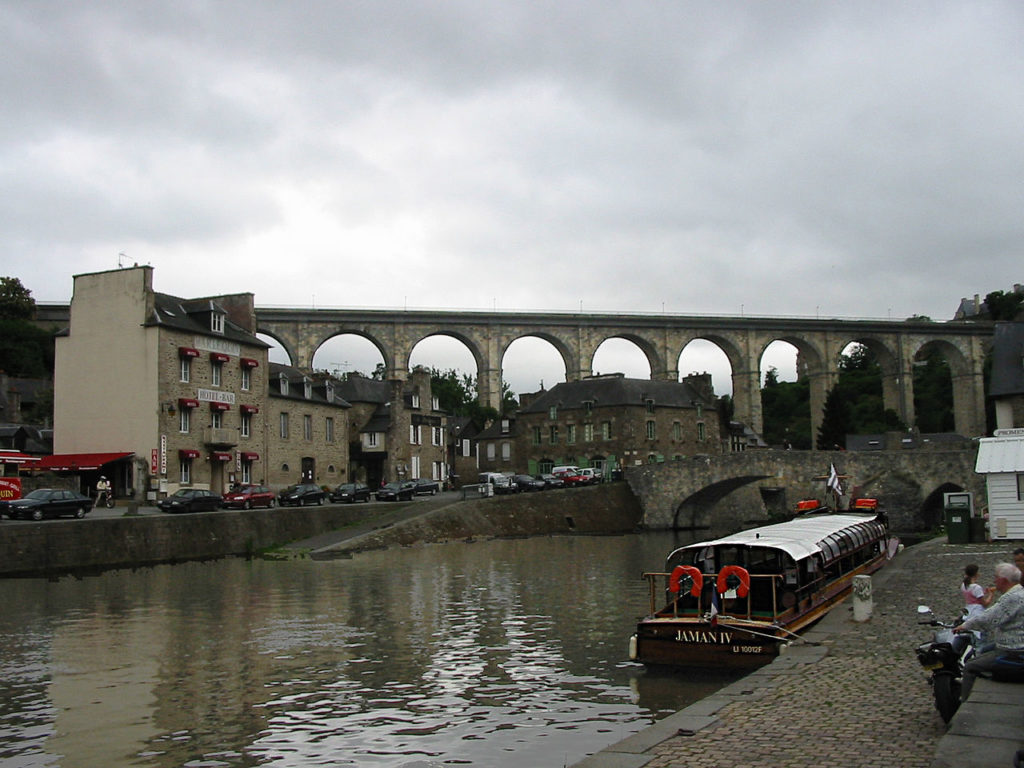
The Rance River, which now houses luxurious boats rather than cargo ships, is worth an exploration. The town’s massive walls are an impressive sight as you make your way down to the River and the view is expansive from their height. This River was the hub of trade over the centuries and even on an overcast day, the walk along the river bank is an enjoyable activity.
According to the Internet





